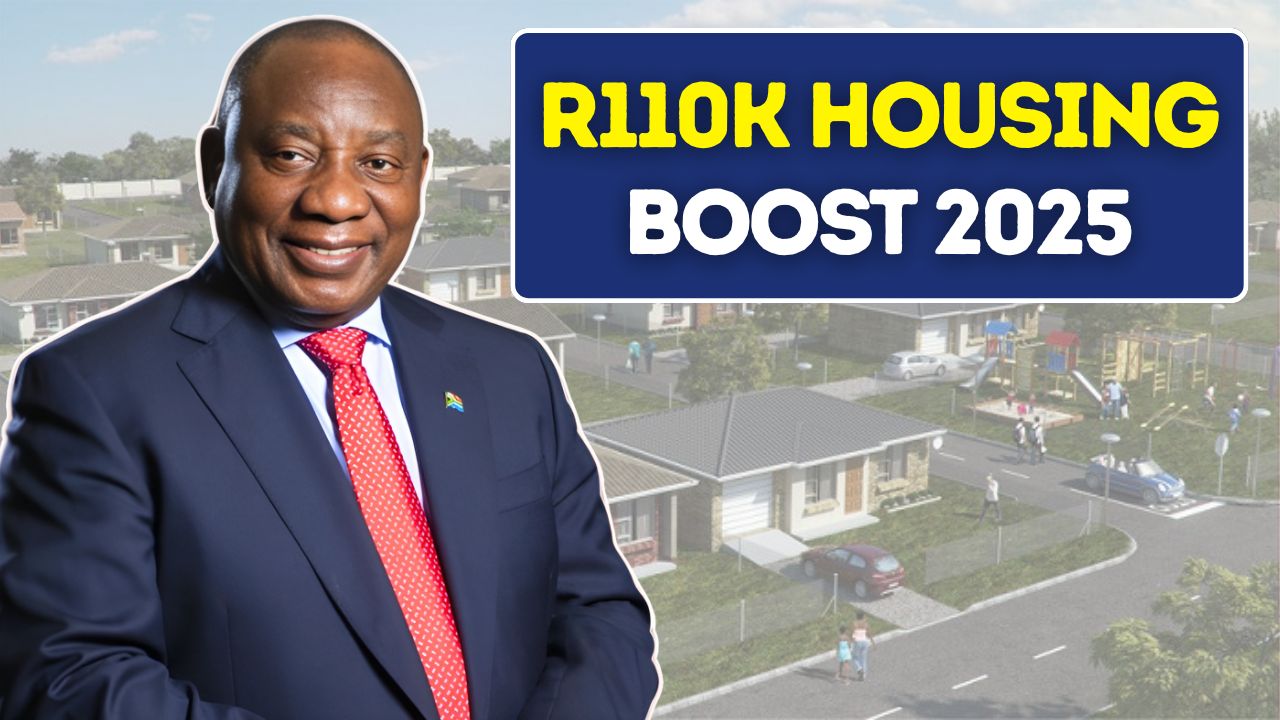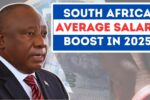In a bold move to address housing affordability and promote inclusive homeownership, the South African government has rolled out the First Home Finance program for 2025, offering grants of up to R130,000, with an average subsidy of R110,000, to qualifying first-time homebuyers.
This initiative, formerly known as FLISP (Finance Linked Individual Subsidy Programme), aims to assist lower- and middle-income South Africans in purchasing their first homes turning a long-held dream into a tangible reality.
What is the First Home Finance Program?
First Home Finance is a government-backed housing subsidy designed to fill the gap for individuals who earn too much to qualify for free housing (RDP houses), but too little to afford a home without financial assistance. It targets South Africans earning a monthly household income between R3,501 and R22,000. The grant amount is calculated on a sliding scale: the lower your income, the higher the subsidy you may receive up to R130,000.
This subsidy can be used in a variety of ways: as a deposit to secure a home loan, to reduce the total amount borrowed (and thereby reduce monthly repayments), or even to build on serviced land already owned by the applicant.
Who Qualifies?
To be eligible, you must be a South African citizen or permanent resident and be over the age of 18. First Home Finance is strictly for first-time homebuyers who have never benefited from any other government housing subsidy. You also need to either be married, cohabiting, or single with financial dependents, and fall within the prescribed income band.
A major change from previous years is that you no longer need to have an approved home loan to apply. The government now recognizes a broader range of financing methods, including pension-backed loans, employer housing assistance, and housing co-operatives like stokvels. This opens up the program to a much wider group of people, especially those with informal or non-traditional income streams.
How to Apply
The application process is now more streamlined and user-friendly. Prospective homebuyers can apply online through the National Housing Finance Corporation (NHFC) portal. You’ll need to upload supporting documents such as your ID, proof of income, and details about your housing arrangement or financing method.
Several banks and financial service providers, like ooba Home Loans and SA Home Loans, also offer assistance with the application, helping you prepare your documents and submit them to the NHFC on your behalf. Once your application is submitted with all the required paperwork, processing typically takes around 7 working days.
Benefits Beyond the Grant
The First Home Finance grant is more than just a financial boost. It’s a gateway to stability, wealth creation, and long-term security for thousands of families. By reducing or eliminating the need for a deposit, the grant significantly increases accessibility to property markets especially in urban and peri-urban areas where housing demand is high.
Another standout feature is the support for self-build housing. Beneficiaries who own serviced land whether through inheritance, tribal tenure, or personal investment can use the grant to construct a home from scratch. This is particularly beneficial in rural and semi-rural communities.
The program is also expected to have a positive ripple effect on public sector employees, especially teachers, nurses, and police officers, who often fall just outside the eligibility threshold for free housing but still struggle to afford market-rate homes.
Conclusion
The First Home Finance 2025 subsidy is a transformative step towards bridging the housing gap in South Africa. By offering up to R130,000 in financial assistance, the government is not only supporting first-time buyers but also stimulating economic growth and empowering citizens to build wealth through property ownership.
With more flexible financing options, a simplified application process, and a renewed commitment to inclusive development, the dream of owning a home is now within reach for thousands more South Africans.



